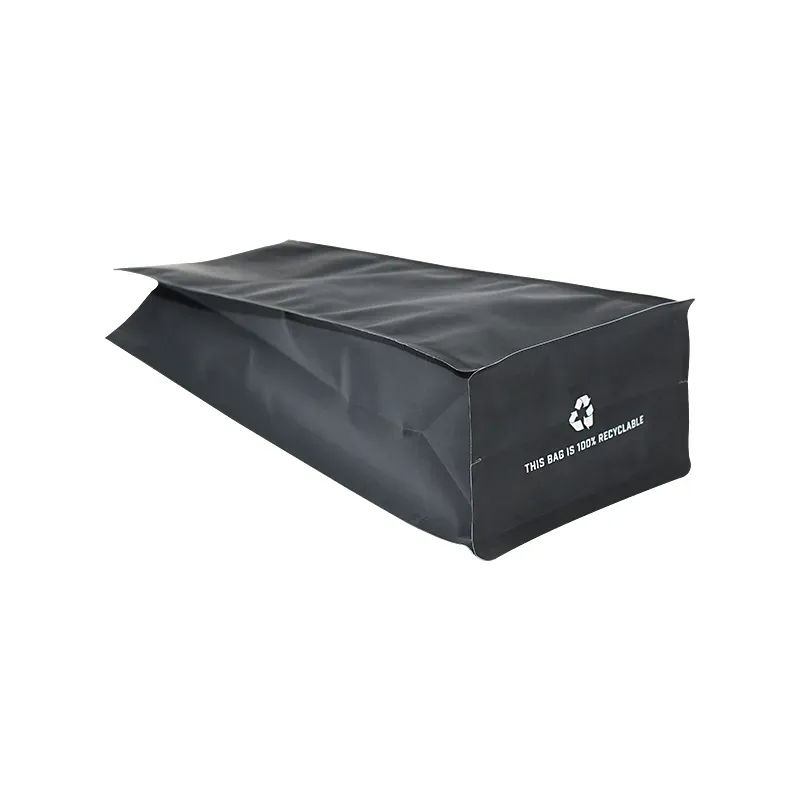- Afrikaans
- Albanian
- Amharic
- Arabic
- Armenian
- Azerbaijani
- Basque
- Belarusian
- Bengali
- Bosnian
- Bulgarian
- Catalan
- Cebuano
- chinese_simplified
- chinese_traditional
- Corsican
- Croatian
- Czech
- Danish
- Dutch
- English
- Esperanto
- Estonian
- Finnish
- French
- Frisian
- Galician
- Georgian
- German
- Greek
- Gujarati
- haitian_creole
- hausa
- hawaiian
- Hebrew
- Hindi
- Miao
- Hungarian
- Icelandic
- igbo
- Indonesian
- irish
- Italian
- Japanese
- Javanese
- Kannada
- kazakh
- Khmer
- Rwandese
- Korean
- Kurdish
- Kyrgyz
- Lao
- Latin
- Latvian
- Lithuanian
- Luxembourgish
- Macedonian
- Malgashi
- Malay
- Malayalam
- Maltese
- Maori
- Marathi
- Mongolian
- Myanmar
- Nepali
- Norwegian
- Norwegian
- Occitan
- Pashto
- Persian
- Polish
- Portuguese
- Punjabi
- Romanian
- Russian
- Samoan
- scottish-gaelic
- Serbian
- Sesotho
- Shona
- Sindhi
- Sinhala
- Slovak
- Slovenian
- Somali
- Spanish
- Sundanese
- Swahili
- Swedish
- Tagalog
- Tajik
- Tamil
- Tatar
- Telugu
- Thai
- Turkish
- Turkmen
- Ukrainian
- Urdu
- Uighur
- Uzbek
- Vietnamese
- Welsh
- Bantu
- Yiddish
- Yoruba
- Zulu
20l in gal
Understanding the Conversion 20 Liters to Gallons
When it comes to measuring liquid volumes, different regions of the world have developed their own systems. In many places, such as the United States, the gallon is a standard unit, while in other parts, liters are more common. This article focuses on the conversion of 20 liters to gallons, helping you understand the relationship between these two units of measure.
A liter is a metric unit of volume that is widely used around the globe. It is defined as one cubic decimeter (1 dm³) and is equivalent to 1,000 cubic centimeters (cm³). The gallon, on the other hand, is part of the imperial system and comes in two main varieties the US gallon and the UK (or imperial) gallon. The US gallon is defined as approximately 3.78541 liters, while the UK gallon is larger, defined as about 4.54609 liters.
To convert 20 liters to gallons, one must choose which gallon measurement to use—US or UK. For our calculations, we will detail the conversions for both.
Conversion to US Gallons
To convert liters to US gallons, the formula is \[ \text{gallons} = \text{liters} \div 3.78541 \]
Using this formula \[ 20 \text{ liters} \div 3.78541 \approx 5.28344 \text{ US gallons} \]
So, 20 liters is approximately 5.28 US gallons when rounded to two decimal places.
Conversion to UK Gallons
For UK gallons, the conversion formula is slightly different \[ \text{gallons} = \text{liters} \div 4.54609 \]
20l in gal

Applying the formula \[ 20 \text{ liters} \div 4.54609 \approx 4.409 \text{ UK gallons} \]
Thus, 20 liters is approximately 4.41 UK gallons.
Why is This Conversion Important?
Understanding how to convert liters to gallons—and vice versa—is critical in a variety of contexts, from cooking and baking to scientific research and industrial applications. Many recipes engage with measurements in gallons, particularly in the US, and being able to translate metric measurements like liters can prevent costly mistakes and ensure accuracy.
In addition to practical applications in food preparation, converters are essential in sectors such as automotive, where liquids like gasoline are often measured in gallons. For an international traveler or a business operating in multiple countries, knowing these conversions can enhance communication and logistics.
Practical Examples
Let’s consider a few scenarios where the liters-to-gallons conversion might be applicable. A chef preparing a large batch of soup for an international potluck might be given a recipe that lists ingredients in gallons. Without properly converting 20 liters to gallons, the flavor balance could be off, leading to an unsatisfactory dish.
Similarly, when purchasing beverages for a large gathering, it’s common to see products sold in gallons. If a bartender knows the expected consumption is around 20 liters of soda, being able to convert that to gallons allows for a precise order rather than a rough estimate.
Conclusion
The conversion of liters to gallons is a straightforward yet crucial skill across numerous fields. Whether it’s cooking, converting fuel quantities, or simply ensuring that proper volumes are used in scientific experiments, mastering these conversions allows for more efficient planning and better results. In summary, the conversion of 20 liters yields approximately 5.28 US gallons or 4.41 UK gallons, illustrating the fundamental differences between metric and imperial measurement systems. As our world becomes increasingly interconnected, having a solid grasp of these conversions will only grow more vital.













